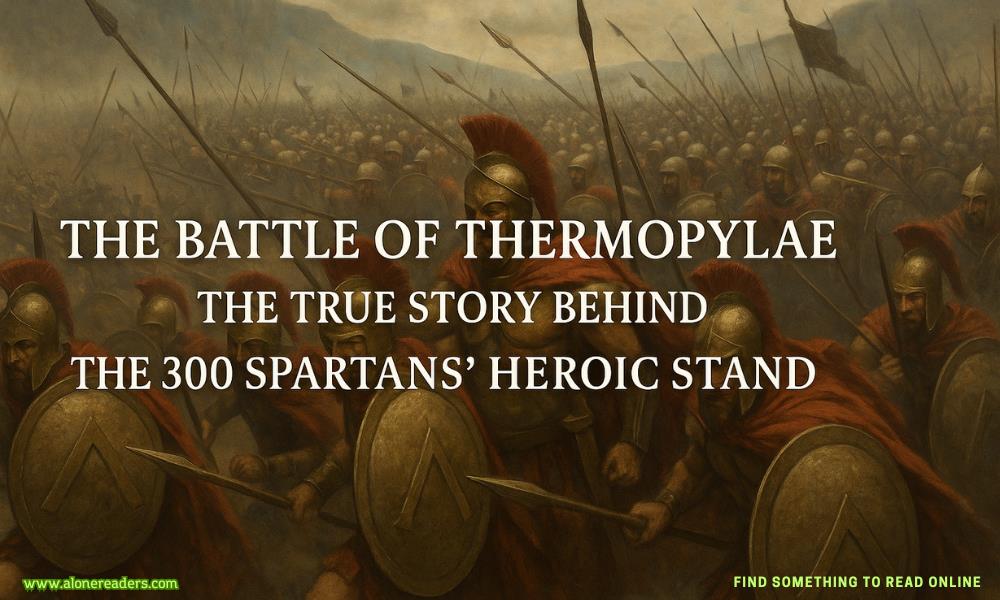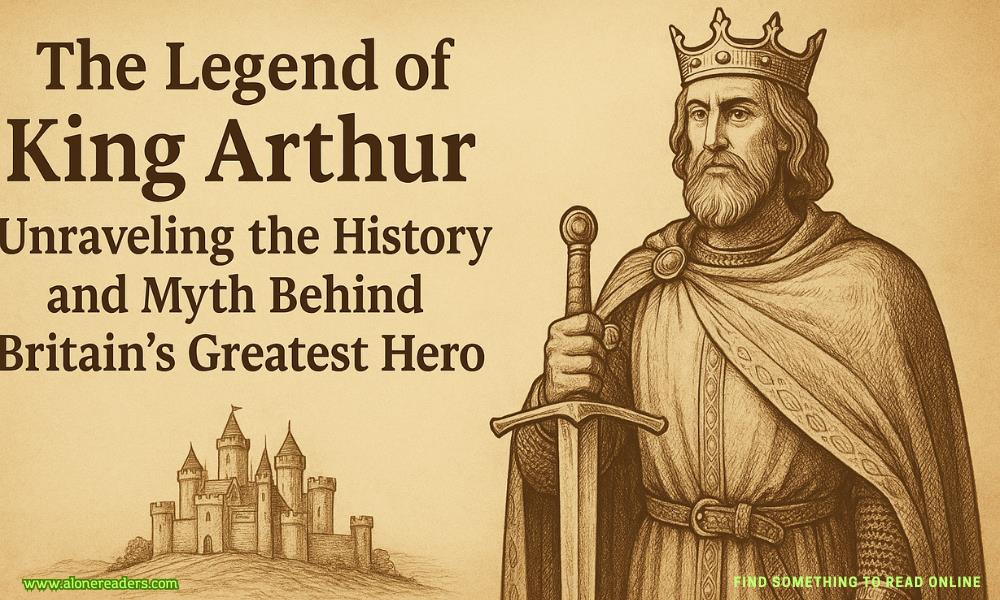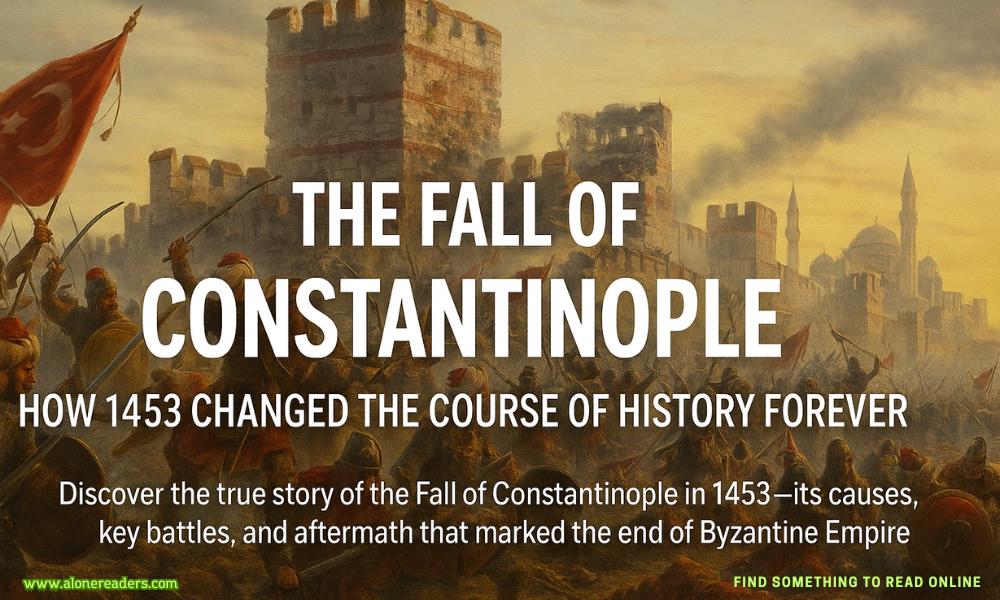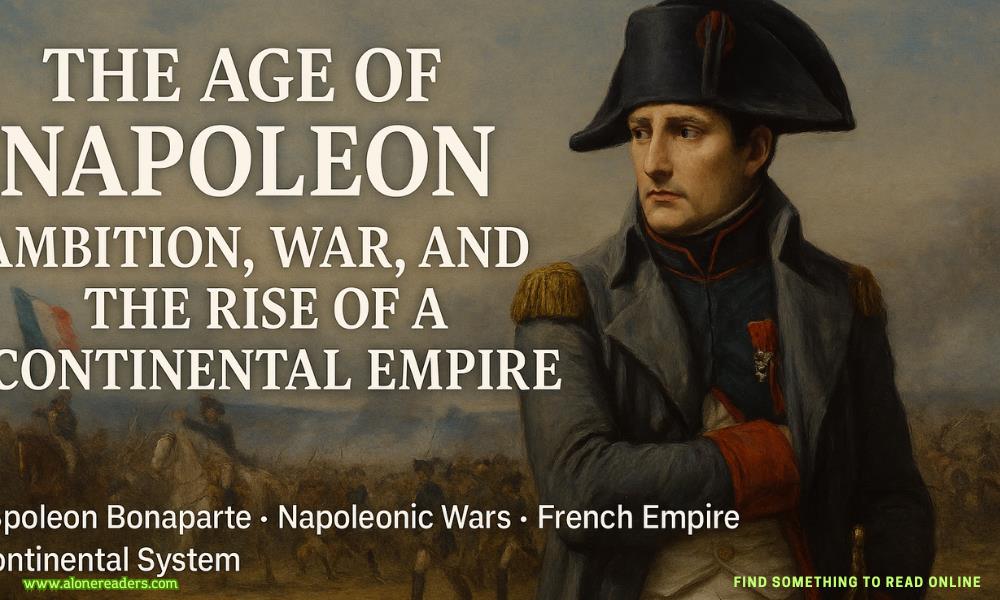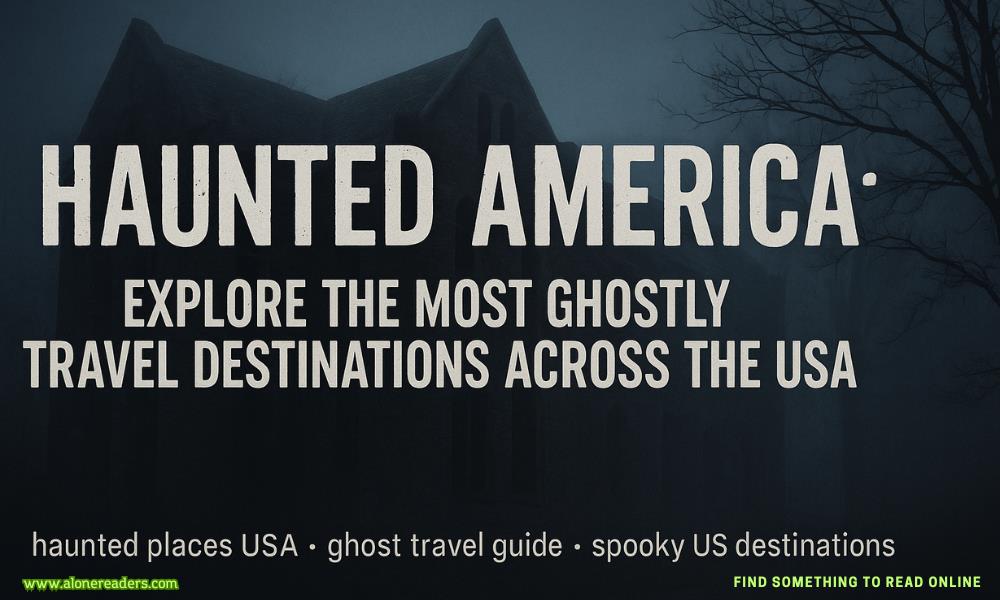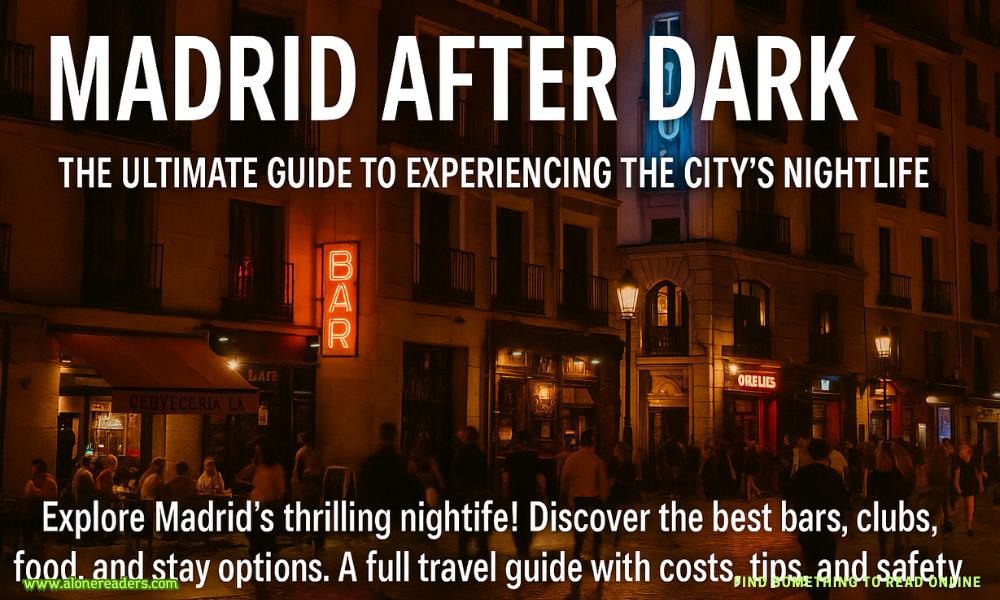Page 29 of Badlands
“Were these groupies all women?” Nora asked.
“No, no. There were a few men, too. He wasn’t sleeping with the guys—at least, I don’t think so. They all adored him, though.”
Nora looked through her notes. “And Molly did fieldwork every summer?”
“Right. Oskarbi directed a field school for UNM, and every summer he’d take a group of his grad students on a dig. They’d hike into the wilderness and camp out for a couple of weeks. I imagine it was a lot of fun, digging up cool stuff during the day,cocktails around the evening campfire, tent crawling at night.” He chuckled cynically again.
“Where’d they go?”
“Up in the Gallina cultural area, in those canyons along the upper Chama River. There are literally thousands of ruins up there, mostly unknown and unsurveyed. That was Oskarbi’s specialty, Gallina. Pretty mysterious culture.”
“Mysterious? How so?”
“That’s not really my area of research,” said Lemmon, with a sniff that to Nora seemed dismissive. “You should really talk to Olivia. She’s the expert.”
Professor Olivia Bellagamba occupied a sunny corner office in the Archaeology Center, with windows overlooking the campus and the rugged outline of Sandia Peak. Bellagamba herself was slim and stylish, wearing a professorial suit in gray worsted wool, a silk blouse, expensive pearls, and Louboutin pumps. She couldn’t have made a greater contrast to the slovenly Lemmon. To Nora, she looked more like the CEO of a high fashion company than a dirt archaeologist.
Bellagamba received Nora and Corrie right away, inviting them into a lounge area of her spacious office while a gofer ventured to ask if they wanted coffee, tea, or water. After they were settled with their proffered refreshments—coffee for Corrie, Perrier for Nora—Bellagamba took her own seat opposite them, crossed her legs, folded her hands, and asked in a cool, low voice, “How may I help you?”
Nora took the lead again, explaining that they were looking into the mysterious disappearance and death of a former colleague of Bellagamba’s. They briefly outlined the circumstancesof Molly Vine’s death. Bellagamba listened with attention. Finally, Nora got to the questions.
“How well did you know Molly?” she asked.
“Quite well,” said Bellagamba. “We were all graduate students together.”
“Under Professor Carlos Oskarbi, I understand?”
“That’s correct.”
“Do you have any idea why she might have gone off into the desert like that?”
“None,” said Bellagamba. “She was an old hand with the desert. It makes no sense to me.”
“We’re interested in knowing more about her research with the Gallina culture.”
“That was due to Professor Oskarbi. He was fascinated with the Gallina and communicated his interest to all of us.”
“Tell us more about them. I understand a certain mystery surrounds their culture.”
“That’s putting it mildly. First of all, the Gallina were different from the ancient Pueblo cultures that surrounded them—different pottery, different houses, different way of life. Who they were, what language they spoke, and where they came from is all a mystery. They thrived for roughly two hundred years in a rugged canyon complex in northwestern New Mexico, and then, around 1200 CE, they were apparently invaded. And wiped out. It was brutal. Early excavation accounts speak of the almost innumerable skeletons of people who’d been beaten to death, dismembered, burned—men, women, and children. Sacred kivas had been desecrated and set on fire. And no present-day Pueblo Indians claim descent from the Gallina—quite the opposite, in fact. That alone is extremely curious.”
“I understand Oskarbi ran a field school up there.”
“The professor had his theories about what happened.” She pronounced the wordprofessoras if it were some sort of holy title. “He did a lot of excavating with his students, looking to shed some light.”
“Did he? Shed light, I mean.”
“Unfortunately, he left before he could publish his results.”
“We heard his departure was rather abrupt. Why did he leave the university, exactly?”
A pause. “As fascinated as he was with the Gallina culture, the Totonteac and their peyote religion was his first and—it seemed to me—greatest interest. He was obsessed with that Indigenous culture, and at the field school he frequently talked of going back there. No doubt he resumed his earlier studies with his spiritual teacher, Don Benicio.”
“Molly was part of that field school, wasn’t she?”
“We all were as graduate students.”
“How did that work?”
- Lily and the Duke by Carole Mortimer
- Claimed By Daddy by J.L. Quick
- Room One Hundred and Twenty-Five: All Access by Layne Daniels
- Pleasing Him by S.E. Law
- Knocked-Up Bratva Bride by Veda Rose
- A Touch of Fate by Cora Reilly
- Tamed By A Knight by Lena Little
- Forced & Knocked-Up Bratva Bride by Lexi Carter
- Forced Innocent Bride By the Bratva by Lexi Carter
- Chain Me by Bianca Cole
- Dirty Little Sinner by Samantha Barrett
- Sinister Promise by Zoe Blake
- Black Flag by Shey Stahl
- Happy Hour by Shey Stahl
- How to Deal by Shey Stahl
- Love Complicated by Shey Stahl
